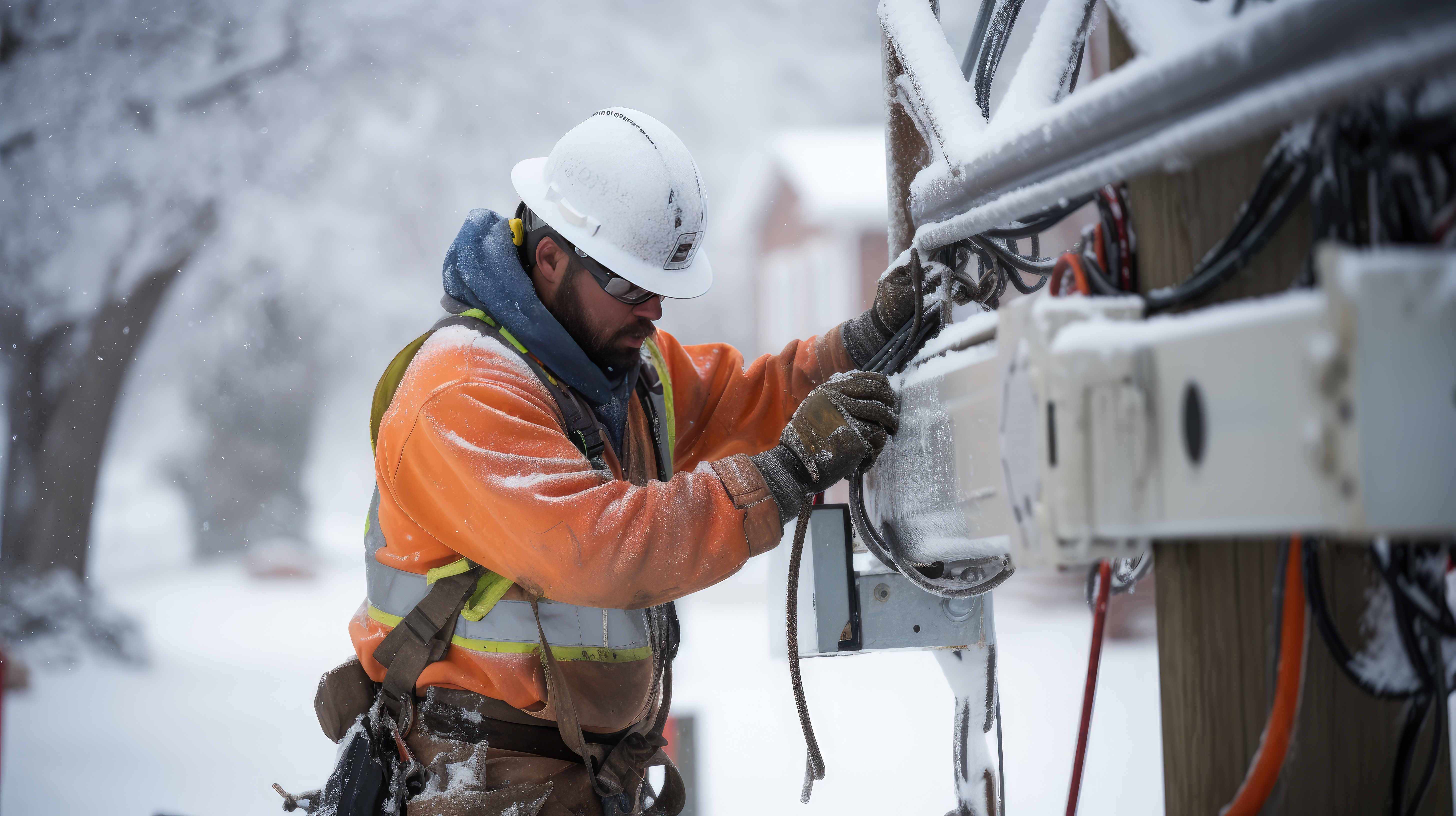
Working in extremes of temperature
Published Feb 27, 2024
What’s happening?
Despite the law being so undefined on highest and lowest working temperatures, the Health and Safety Executive (HSE) makes clear the steps employers should take to look after their staff.
How an employer manages the effects of temperature depends on:
Current guidance, according to the on the Workplace (Health, Safety and Welfare) Regulations, states the minimum temperature of the workplace should be at least 16°, or 13° where a large part of the work duties involve intense physical effort.
Cold environment (outside and inside)
What should I consider as an employer?
There are a range of cold working standards available to guide you as an employer.
Cold working standards
These standards are available from .
Hot Environment (outside and inside)
What should I consider as an employer?
o Introduce flexible working patterns such as job rotation, or moving workers to cooler parts of the building where possible
o Allow enough breaks to enable workers to get cold drinks or cool down
o Relax formal dress codes – but make sure personal protective equipment is used if required
In addition to general advice the employer should also factor in extreme reactions to the hot working environment, for example heat stress.
Heat stress
Heat stress happens when the body's way of controlling its internal temperature starts to fail. As well as air temperature, factors such as work rate, humidity and work clothing may lead to heat stress. You and your workers must be aware of . This means identifying the factors that can cause heat stress, and how to avoid it.
What should I consider as an employee?
You may need to refer to other standards listed elsewhere, depending on the type of work you do specifically.
Source: HSE, Stephen Greenwell